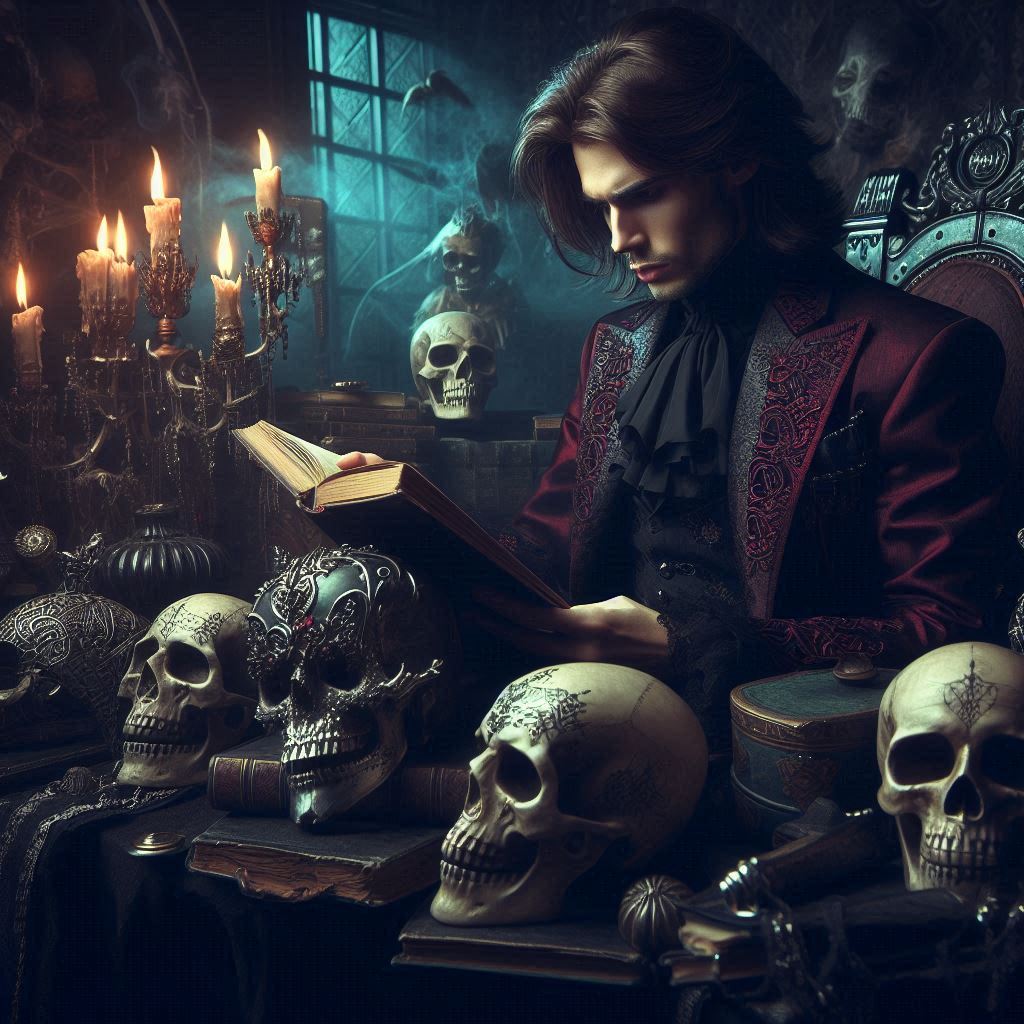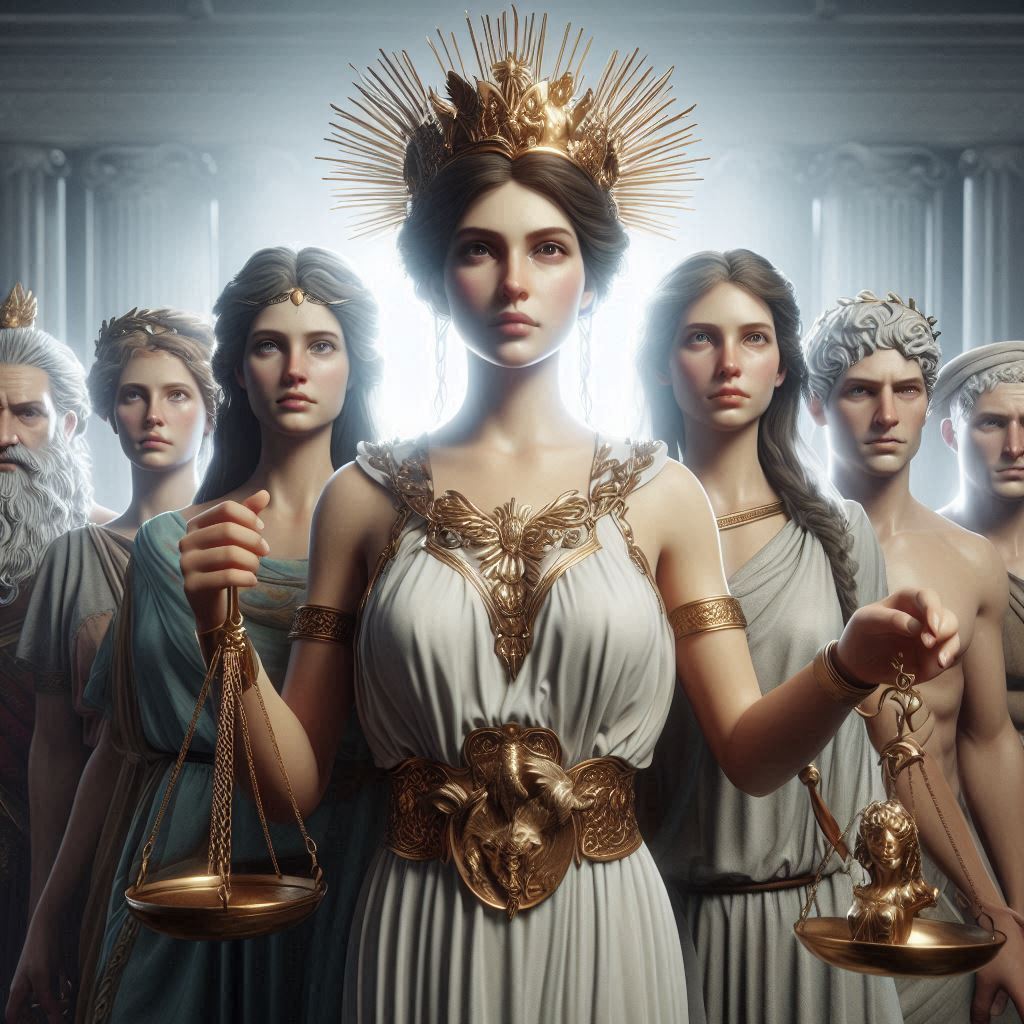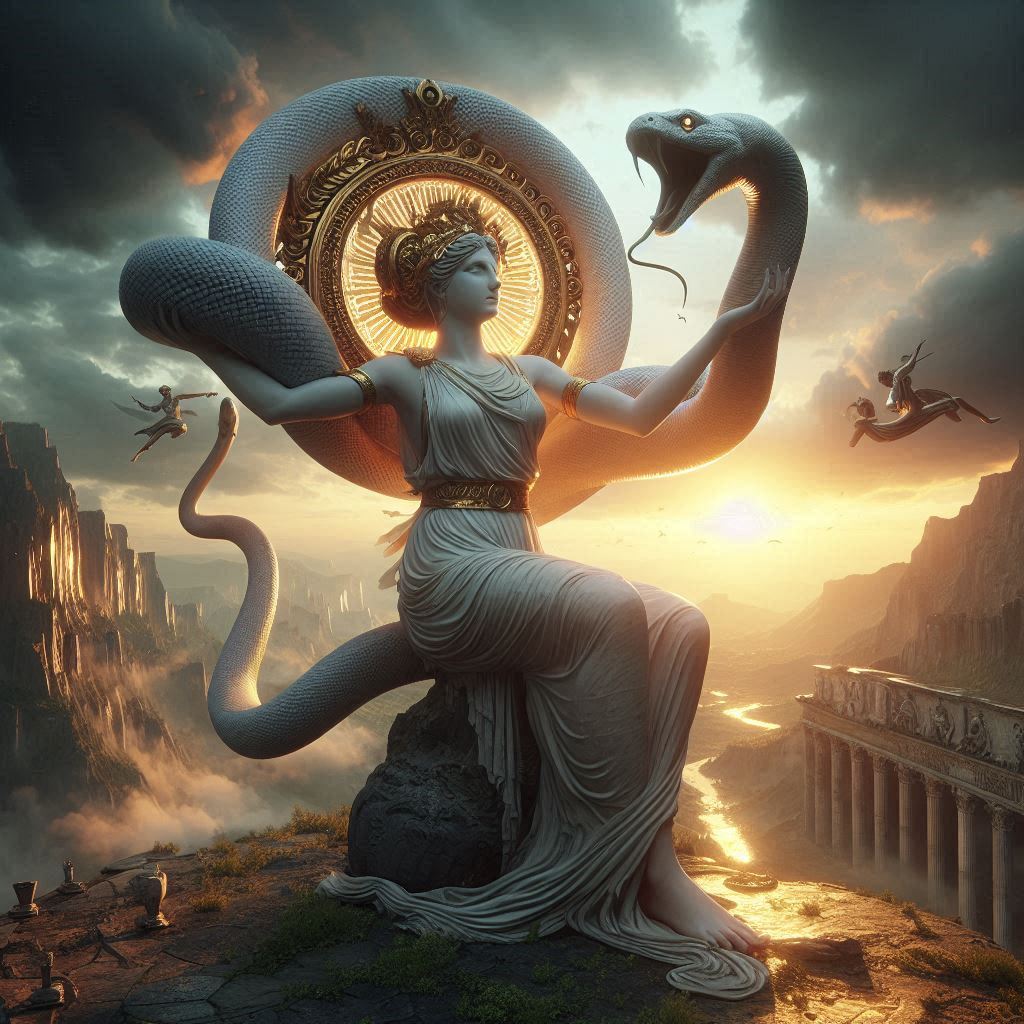Table of Contents
The Truth Behind the Brothers Grimm Fairy Tales
The fairy tales collected by Jacob and Wilhelm Grimm in the 19th century have become cornerstones of children’s literature, yet their origins and meanings are far darker and more complex than their modern adaptations suggest. The Grimm brothers did not invent these stories but gathered them from oral traditions, often shaping them to fit their own moral and cultural ideals. Beneath the surface of these tales lie deep truths about human nature, societal fears, and historical realities.

The Dark Origins of Grimm’s Fairy Tales
Many of the original versions of Grimm’s fairy tales were far more violent and grim than the sanitized versions popularized by Disney and other modern retellings. For example:
- In Cinderella, the stepsisters mutilate their feet to fit into the slipper, and doves peck out their eyes as punishment.
- In Snow White, the evil queen is forced to dance in red-hot iron shoes until she dies.
- Hansel and Gretel reflects the harsh realities of famine and child abandonment in medieval Europe.
These brutal elements were not merely for shock value; they mirrored the hardships of peasant life, where starvation, cruelty, and early death were common. The Grimm brothers, influenced by German Romanticism and nationalism, sought to preserve these stories as part of cultural heritage, often editing them to emphasize moral lessons—particularly those reinforcing obedience, hard work, and piety.
Fairy Tales as Social Commentary
Beyond their entertainment value, Grimm’s fairy tales served as cautionary tales that revealed societal truths:
- Class Struggles – Many stories (Cinderella, The Goose Girl) depict poor protagonists rising above their oppressors, reflecting the tensions between peasants and the aristocracy.
- Gender Roles – Female characters often face punishment for disobedience (Little Red Riding Hood) or reward for passivity (Sleeping Beauty), reinforcing patriarchal norms.
- Survival and Fear – Stories like Hansel and Gretel and The Juniper Tree highlight the vulnerability of children in a world where adults could not always protect them.
The Evolution of Truth in Fairy Tales
As society changed, so did fairy tales. The Grimm brothers themselves revised their collections over time, softening the violence to make them more suitable for children. Later adaptations further diluted the darker elements, turning them into simple fantasies rather than reflections of historical struggles.
Yet, the original tales endure because they speak to universal human fears and desires—justice, survival, and the hope of overcoming adversity. The “truth” in Grimm’s fairy tales is not in their literal events but in their emotional and psychological realism. They remind us that stories, no matter how fantastical, are rooted in the truths of the human experience.
The Dark Origins of Grimm’s Fairy Tales
1. Violence and Punishment in the Original Tales
Many of the Grimm brothers’ stories featured extreme violence, often as a form of poetic justice or moral warning:
A. Cinderella (Aschenputtel)
- In the Grimm version, the stepsisters cut off parts of their feet to fit into the slipper, and pigeons later peck out their eyes as divine punishment.
- The tale emphasizes brutal retribution rather than a simple happy ending, reinforcing the idea that wickedness will be severely punished.
B. Snow White (Schneewittchen)
- The evil queen is not just defeated but forced to dance in red-hot iron shoes until she dies—a gruesome fate absent in modern retellings.
- The original also includes the queen’s demand for Snow White’s lungs and liver (which she believes she eats), adding a cannibalistic horror element.
C. The Juniper Tree
- One of the darkest Grimm tales, it features a stepmother who murders her stepson, chops him up, and cooks him in a stew that his father unknowingly eats.
- The boy is later resurrected as a bird and drops a millstone on the stepmother’s head, crushing her to death.
D. Hansel and Gretel
- The story reflects real fears of famine and child abandonment, as the parents deliberately leave their children in the woods to starve.
- Gretel’s pushing of the witch into the oven is a chilling act of self-defense, far more disturbing than in softened versions.
2. Themes of Child Abuse and Abandonment
Several Grimm fairy tales involve cruelty toward children, mirroring historical realities where poverty and high mortality rates led to harsh survival measures:
- Donkey Skin (Allerleirauh) – A king tries to marry his own daughter after his wife’s death, forcing her to flee in disguise.
- The Girl Without Hands – A father, tricked by the devil, cuts off his daughter’s hands to save himself.
- The Twelve Brothers – A king orders his twelve sons to be killed so his newborn daughter can inherit the throne.
These stories reveal how pre-modern societies grappled with themes of parental failure, betrayal, and resilience.
3. Sexual and Dark Undertones
Some tales contained themes that later editors softened or removed:
- Little Red Riding Hood (Rotkäppchen) – In early versions, the wolf tricks the girl into eating her grandmother’s flesh and drinking her blood before devouring her. Charles Perrault’s French version (which influenced the Grimms) ended with Red Riding Hood being eaten with no rescue, serving as a cautionary tale about predatory men.
- Rapunzel – In the first edition, the prince impregnates Rapunzel, and the witch discovers their affair when Rapunzel’s dress grows tight. Later editions removed this detail.
- The Frog King (The Frog Prince) – In some versions, the princess throws the frog against a wall in disgust, which breaks the spell—far more violent than a simple kiss.
4. Why Were the Tales So Dark?
The brutality in these stories served several purposes:
- Moral Lessons – The extreme punishments reinforced societal values (e.g., don’t be greedy, wicked, or disobedient).
- Survival Warnings – Tales like Hansel and Gretel taught children about real dangers (starvation, predators).
- Cultural Reflection – They mirrored the violence of medieval Europe, where public executions and harsh justice were common.
5. The Grimms’ Editing and Later Censorship
The Grimm brothers themselves revised the tales over seven editions, removing some of the most disturbing elements to make them more suitable for children. Later publishers and Disney further sanitized them, turning dark folklore into cheerful entertainment.
The original Grimm fairy tales were not sweet bedtime stories but dark, cautionary narratives born from a world where life was often short and brutal. Their violence, themes of abandonment, and harsh justice reveal much about the fears and values of past societies. While modern versions have softened these edges, the enduring power of these tales lies in their raw, unfiltered exploration of human nature—where evil is met with extreme punishment, and survival often requires cunning and resilience. Understanding their dark origins allows us to appreciate them not just as children’s stories, but as profound reflections of history and psychology.
Conclusion
The Brothers Grimm’s fairy tales are more than just children’s stories; they are cultural artifacts that reveal the fears, values, and struggles of past societies. While modern retellings often strip away their darker elements, the original versions continue to fascinate because they confront uncomfortable truths about survival, morality, and human nature. In understanding their origins, we gain insight not only into history but also into the timeless power of storytelling.


No responses yet